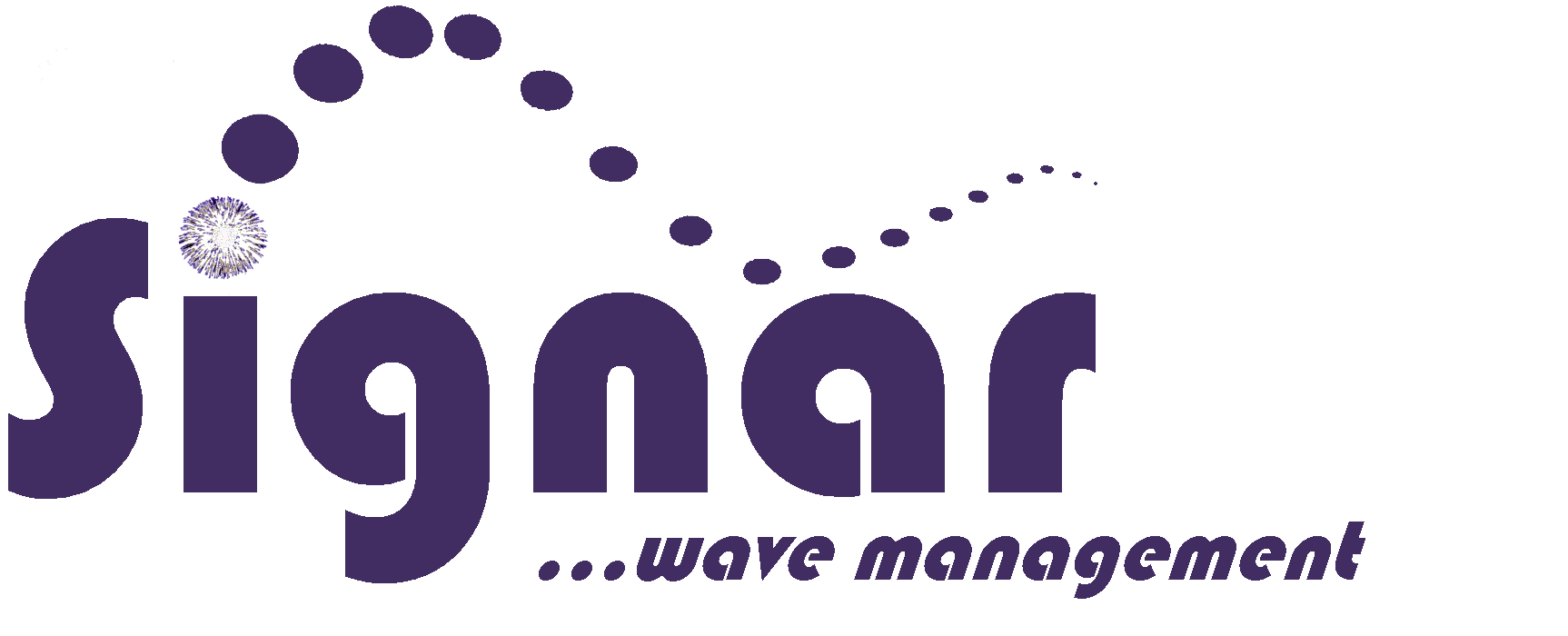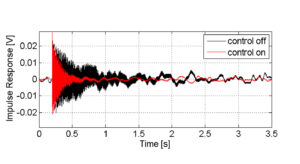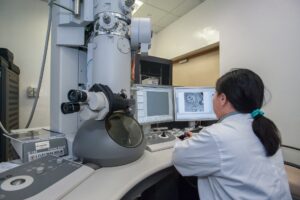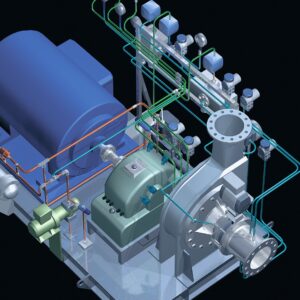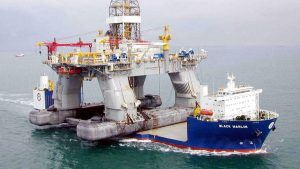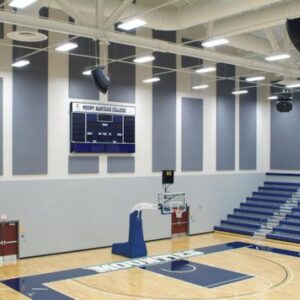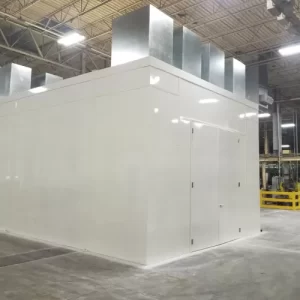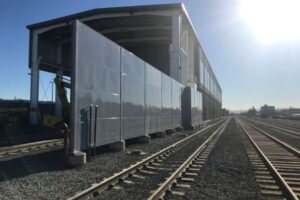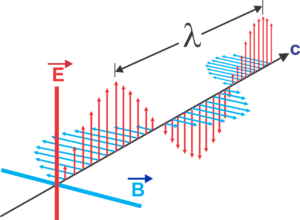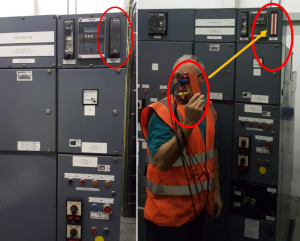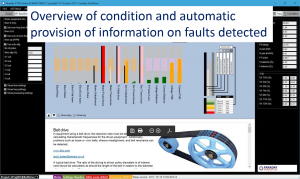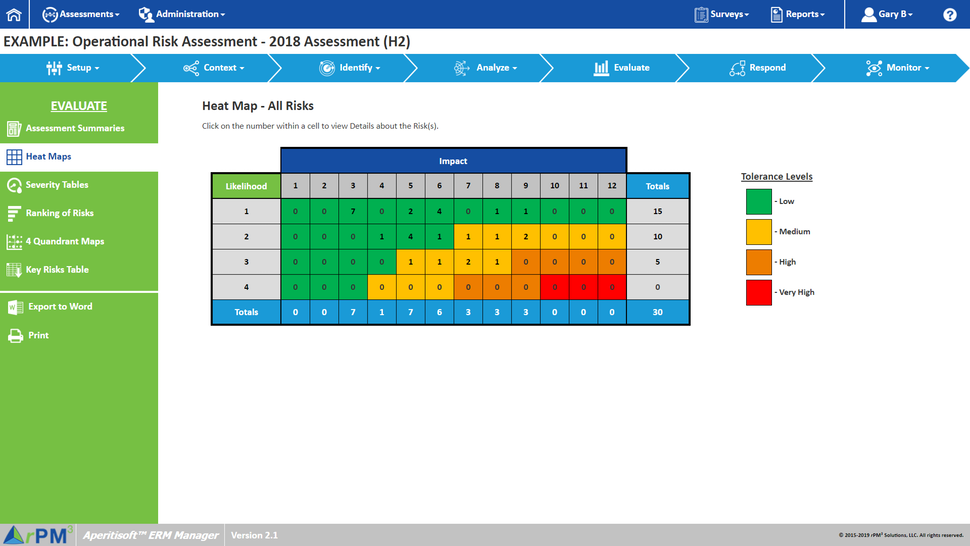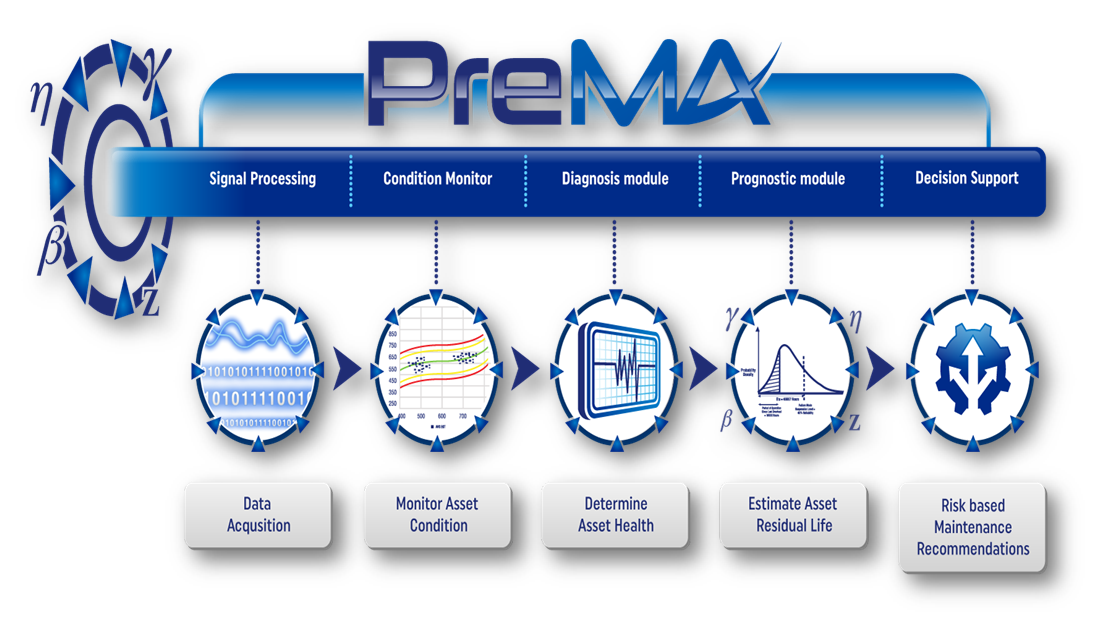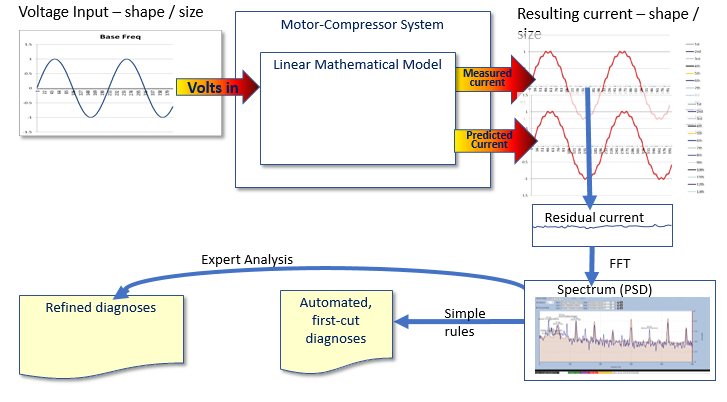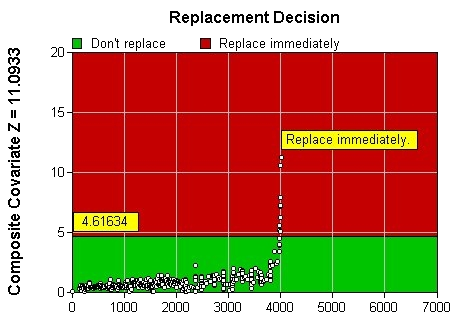sound & vibration wave technologies
vibration analysis
- Micro Vibration Testing for Sensitive (Laboratory) Equipment
- Machinery Diagnostics
- Acceptance Testing
- Repair/Replace Decision Support
- Structural Analysis
- Condition Monitoring
- Advanced Prognostics
- Marine Motion Solutions
vibration control
- Dynamic (Rotor) Balancing
- Laser Precision Alignment
- Vibration Isolation for Sensitive Equipment
- Dynamic Vibration Absorption using Tuned-mass Damping
- Laboratory Table, Machinery, and Piping Vibration Isolation
- Vibration Energy Harvesting
- Active Vibration Control
- Force Deflection Sensing
- Marine Trim Optimization, Structural Integrity (hull deformation), Cargo Monitoring, Weather-Dependent Lashing, Salvage and Tow Monitoring
industries:
- Laboratory
- Power Generation
- Pulp & Paper
- Petro-Chem
- Marine
- Military
- HVAC
- OEM
- Facilities Management
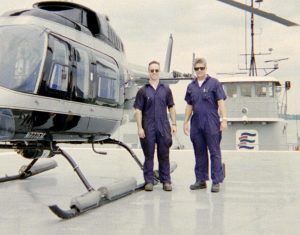
Ready, when & where you are.
sound expertise
- Property Line Ordinance (legal)
- Employee Exposure (OSHA)
- Employee Health, Performance, Comfort
- Speech Intelligibility
- Safe Communications
- Reverberation & Room Tuning
- Expert Witness Testimony
- Speech Privacy
noise control
- Barrier Walls
- Ventilated Acoustic Enclosures
- Machinery Jacketing
- HVAC Duct Attenuators
- Damping
- Active Noise Control
- Ceiling Baffles
- Duct Lagging
- Acoustical Curtains
- Acoustical Doors & Windows
- Seismic-Acoustic-Vib Isolation Curb Systems
markets:
- HVAC
- Architectural
- Industrial
- Big Pharma
- Healthcare
- Education
- Laboratory
- Performing Arts
- OEM
- Marine
- Test Cell
- SCIF
- Data Center
- Fine Dining
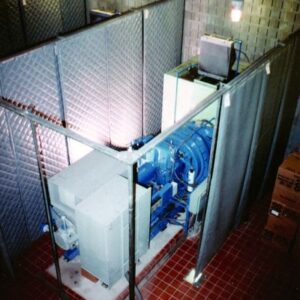
machinery condition monitoring (mechanical & electrical)
- Advanced diagnostics of machinery mechanical conditions
- Electrical fault detection and diagnostics
- Detection of process-induced effects
- Variable speed equipment RPM detection for diagnostics
- Accurate differentiation of true electrical (feed) and electro-mechanical phenomena
- Comprehensive data for energy surveys and efficiency improvements
- Quantified energy use associated with your specific machine faults (e.g., how much additional energy is consumed due to loose drive belts?)
- Portable and Online Systems & Services
Download S200 Permanent System info:
MECHANICAL FAULTS DETECTED
- Component or foundation looseness
- Coupling damage
- Imbalance
- Misalignment
- Rubbing
- Gear wear
- Drive belt irregularities
- Bearing deterioration (rolling element and journal)
- Flow turbulence
- Cavitation
- Internal Corrosion (in certain cases)
- Off-curve operation
- Blockages / load changes
- More…
Download P100 Portable System info:
electriCAL FAULTS DETECTED
- Electrical supply
- Insulation breakdown
- Rotor bar and end-ring damage
- Static and dynamic eccentricities
- Core damage
- Loose wedges
- Stator faults (opening or shorting of one coil or more of a stator phase winding)
- Inter-turn shorts
- More…
Download application examples:
The MBVI Secret is Out!
The most advanced predictive condition monitoring programs exploit MBVI technology, often to the exclusion of vibration analysis. No accelerometers, no wireless motes and transmitters and batteries, no route-based data collection, no problem with inverter-driven equipment, and no problem with inaccessible machinery test point locations.
Your Motors Are the Sensors!
This method is far superior to the conventional wisdom of today’s predictive condition monitoring methods. Coupled with high-powered machinery health assessments, extremely accurate failure modes-based diagnostics, prognostics, repair/replace economic decision support, and your maintenance job plans, PreMA delivers on the promise of sensor-to-recommendation autonomy.
What’s PreMA?
Want What’s Best for Your Pumps?
Get the Autonomous Motor-Pump (AMP)
The AMP Analytics Engine uses reliability engineering context, machine learning, and AI based reasoning approaches to automatically calculate equipment current health, current & future reliability, dynamic remaining useful life (RUL) of the motor and driven pump components. It identifies what and when specific maintenance actions need to be done.
How About Fans or Compressors?
ready to take this to the next level and transform your reliability program into a measurable, automated business management process?
Then it’s time to integrate MBVI technology, advanced prognostics, and economic decision support with
total cost-of-risk…
do you know your total cost-of-risk ? …or that it typically
exceeds 20% of revenue?
our Solutions Transform your reliability Risk program into a measurable, automated business management process
your operating model is designed perfectly to give you the results you get
Based on your historical financial data, our experts can provide you with a comprehensive picture of your Total Cost of Risk (TCOR). THE RESULTS WILL ASTOUND YOU! (Results are typically 20%+ of your revenue.)
Using TCOR to analyze your strategic risk profile, our team of talented and experienced SMEs is able to identify the indirect costs of failure management and put physical asset reliability into perspective. Based on that perspective, in combination with knowing the technical options and related costs of failure management at any given level of reliability, our experts optimize the level of reliability required to drastically reduce your TCOR.
We use battle-tested “sensor-to-recommendation” automation to drive maintenance activity, control cost, and measurably link your enterprise risks with strategic planning and corporate financial performance. We design, implement, and benchmark failure management systems (technologies & methods), and operational risk frameworks, processes, and systems by looking at the drivers of operational risk and failure management. What’s more? Using reliability quantification and prognostic health management technologies we even link failure risks to maintenance planning (CMMS) and decision-making, to support plant’s force with diagnostics, prognostics, and optimal failure intervention timing, with respect to cost and production or mission requirements.
If 85% reliability isn’t good enough then how about 95% or 99.9%? Or is it an unknown value that you wish you could quantify and control? Or would you simply like a better understanding of the options so that you have a higher confidence level in making the absolute best use of investor funds? Reality is that reliability is precisely controlled in nuclear power generation, the airline industry, military applications, and many other asset- or mission-intensive industries. But perhaps that’s more reliability than you need. Perhaps not. So the critical question to consider is, just how much reliability do you need? And no, the answer is not “just a little more”.
Leveraging the power of automated diagnostics, prognostic accuracy, economic decision support, and correlating it to financial impact at the corporate level is complex, due to both the sophistication of the methodologies and technologies but also due to the many interacting parts of an integrated system. The pieces to this puzzle have scalable, multi-dimensional lines of interoperability, stakeholder value, cost-of-risk, uncertainty, and sustainability.
Properly executed, we transform your reliability program into a measurable business management process.
Based on your business requirements for asset and system performance, we determine appropriate methods of failure management to optimize (not minimize) Prognostic Health Management cost-of-risk. We see ‘Liddle’ things (a la Liddle and Simon v. IRS) like “Bonus Depreciation” and wonder how that squares with industry-standard equipment wearout curves, which happen to be flat!
But hey, there are no paradoxes in accounting. Right?
Got questions about failure management?
- Your plant is already equipped with high-end sensors and all you have to do is plug them in to our MBVI systems for advanced monitoring and analysis of any/all of your rotating equipment.
- And those same little black MBVI boxes you plug into will also facilitate energy use surveys and analysis.
- You don’t have to change batteries in wireless sensors because you can use vibration energy harvesting to power the sensors and transmit signals – even in the dark, with no thermal differentials or EMFs.
- Your CMMS can be super-charged for integration with prognostic health management systems.
- Integration risk control starts with ‘sensor-to-recommendation’ automation.
- Your asset maintainers can know the probability of failure now and what it will be at any point in the future.
- They can also know the cost of equipment repair or replacement now and what it will be at any point in the future.
- A “Smart Machine” system is about all most applications will ever need. Better ask about this one – it’s a paradigm shifter.
“Proliferating oceans of condition data have outpaced the limited human resources that can be dedicated to CBM decision making. The solution is to automate CBM – not only the collection of data but also its interpretation.” (Automating CBM, Murray Wiseman – Living Reliability)
…or questions about cost of risk?
- A newly patented cost-of-risk accounting and analysis business method, based on the notion that optimized RISK drives FAILURE MANAGEMENT to produce EXPONENTIAL results, actually links failure management cost and strategic planning.
- A ‘deep dive’ into your key risks and exposures will assure your controls, mitigation strategies, insurance and risk financing provide you with the most cost effective results.
- We have a perspective that insurance brokers can’t provide with hands-on expertise in exposure analysis, total cost of failure, insurance coverage, cyber security, business continuity and more.
- There is software specifically designed to mimic how risk and risk management actually function in the real world.
- Now there is a way to measure the effect of risk on the business cost structure and performance.
- There are benefits of managing multiple failure management processes and projects in one place by replicating the essential workflow and processes inherent to every form of risk or control-based assessment.
“The solution is to automate…not only the collection of data but also its interpretation.” (– Wiseman.) And now, with superior prognostic accuracy and economic decision support, even the maintenance process itself can be synchronized with the overall business operational requirements.
